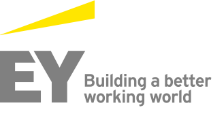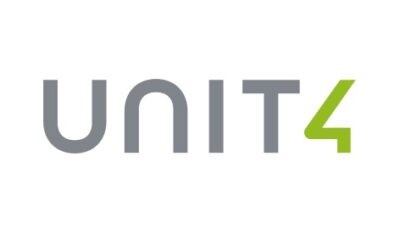## Mini basket to go here ##
What’s culture got to do with it?
A few days ago, I was in a Tina Turner kind of mood, ‘What’s Love Got to Do with It’ was playing in the background as I prepared for a workshop on cultural awareness in virtual work environments. It got me thinking about the connection between work culture and virtual work, how one impacts the other and the differences between working in-person and virtually. What’s culture got to do with It? Thank you, Tina Turner!
As learning professionals, we know that work culture has been disrupted since the onset of the pandemic. Rituals and assumptions have changed. The context of going to work no longer fit the norm that we’ve been accustomed to. Now that most of us are working virtually and often from home, our work and personal lives have blurred prompting a different work-life experience. As a result, some employees are feeling uneasy or even anxious about navigating the new landscape.
What may be less obvious, is that the discomfort being felt by this disruption could be stemming from what is commonly referred to as ‘culture shock’. Most often we associate culture shock with leaving our home country and going to an unfamiliar place, being a tourist and not knowing the local rules and customs etc. The onset of culture shock can happen gradually for some and abruptly for others. There is no prescribed formula. But it can leave people confused, mentally and emotionally drained, and that’s not a very enjoyable experience.
Yet, culture shock doesn’t just happen when we leave our country, it can also happen when familiar surroundings, like our workplace, start to change.
The routine of not going to work, not engaging with co-worker’s face to face, not taking lunch breaks in the cafeteria and not exchanging over a cup of coffee is shifting work culture. It can leave many employees as work tourists in an unexplored land of back-to-back Zoom meetings.
Helping navigate uncertain and ambiguous territory is a big part of our work and learning approach. Over the last 17 years, Emerging World has been partnering with companies such as Microsoft, EY, Mars, Salesforce & Maersk to co-create experiences that immerse learners in different cultures, contexts and points of view so that they can foster new behaviours and mindset to be more engaged and productive.
One way in which we support learners, is by helping them develop a cultural self-awareness and agility. We find the Cultural Orientations Indicator® (COI) to be an effective assessment that we integrate into our learning experiences. It’s a psychometrically validated assessment that measures an individual’s cultural preferences for appreciating, exploring, and valuing differences and similarities at work.
It gives learners non-judgmental language for describing the cultural challenges and friction points that surface. It is based on 16 cultural dimensions that revolve around Interaction Style, Thinking Style and a Sense of Self .
The assessment gives us a greater self-awareness about how we engage with preference such as time, space, relationships, power and communications to name a few. For example, do we feel discomfort when someone starts a meeting late or asks many personal questions or perhaps, is a very animated talker can be a sign of cultural differences surfacing. In a virtual environment, cultural differences are more nuanced and less visible, requiring us to work harder to pick up the cultural ques. For this reason, being self-aware becomes even more relevant in a virtual context.
To learn more about what the COI’s 16 cultural preference are
As we embrace the new realities of work and working, we are bound to have culture shocks. If you would like to discuss how we could help associates inside your organisation minimise the virtual culture shocks they might be experiencing let me know
By David Tsipenyuk






